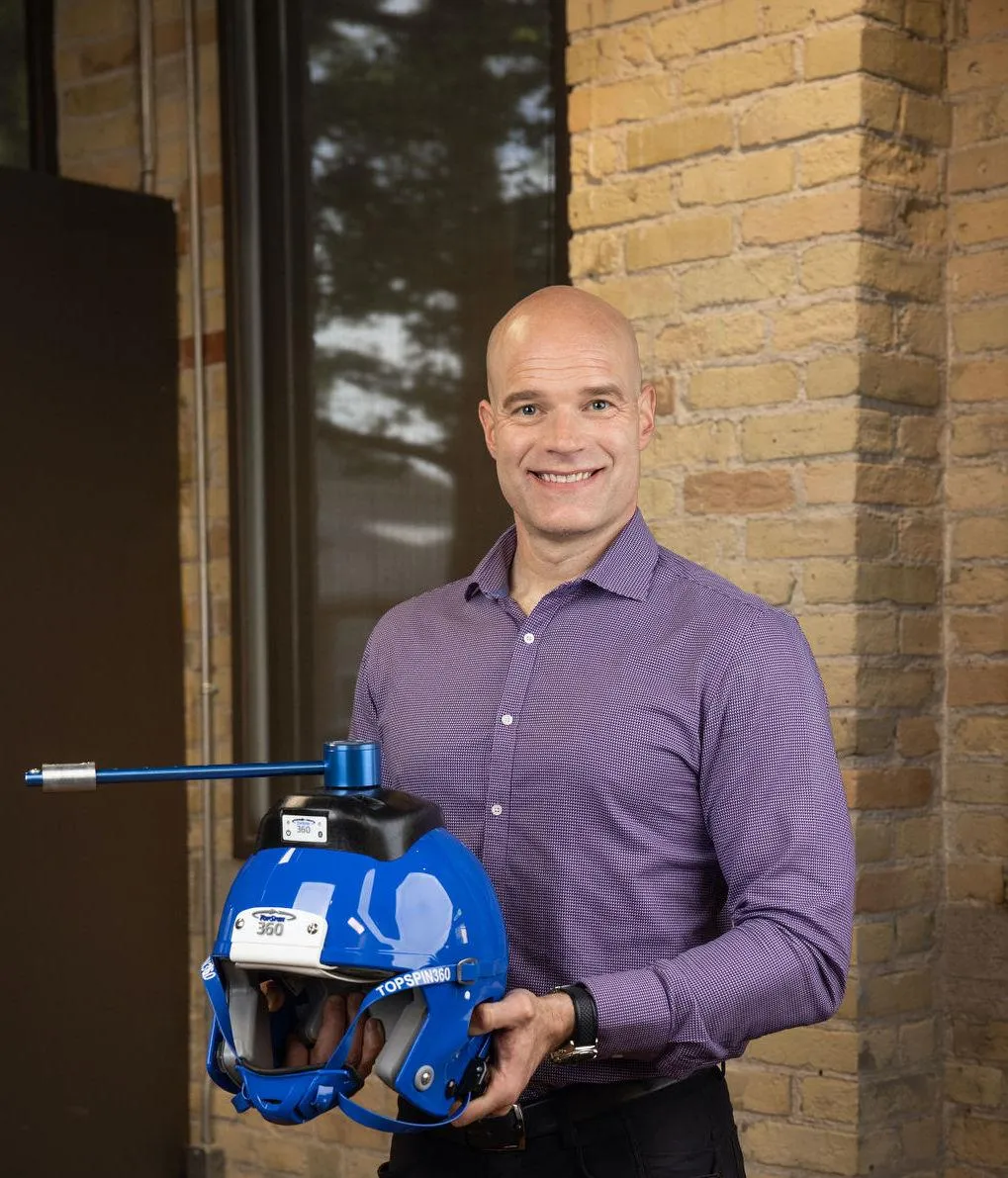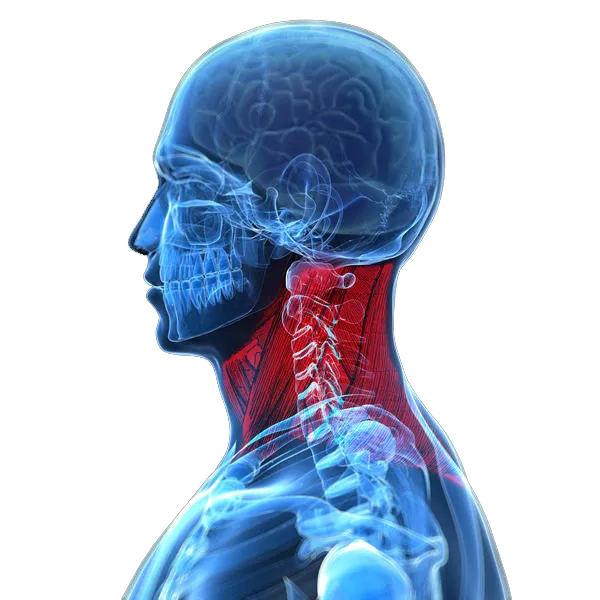Dr Theo Versteegh
BSc PT, MSc, IFOMPT, PhD
A physiotherapist with over 20 years of clinical experience in sports medicine and a published
researcher in the field of neck pain, neck training and concussion risk mitigation

About
Hi, I'm Theo. I graduated with my Bachelor's of Physiotherapy from Western University, formerly known as UWO, in 1998 where I also played football for 4 years. After graduating I moved to Vancouver and worked at the Allan McGavin Sports Medicine clinic at UBC while also completing my Fellow of the Canadian Academy of Manipulative Physiotherapy (FCAMPT) training, becoming a member of the International Federation of Manipulative Physiotherapists (IFOMPT). I loved the lifestyle in BC, but also started to get itchy feet. I moved to Saudi Arabia where I worked at the King Faisal Specialist Hospital in Riyadh. After spending just over a year there, I moved to London England where I worked for 3 years in private practice in central London. I then returned to my hometown of London Ontario to do my Master's in Physiotherapy exploring the effects of a dynamic warmup in older golfers.
In 2011, I was sitting in a pub called the Oar House, after playing rec hockey, watching the sports news where they were covering Sydney Crosby's concussion, and I felt that if his neck was stronger he wouldn't have had such a terrible concussion. I thought back to my football days where we had the 4-way neck, a rather archaic contraption with worn face pads. Admittedly, this would improve neck strength in the 4 planes of movement allotted, but it missed rotation. I also only trained 4 single planes of motion: flexion, right side flexion, extension and left side flexion, or 0, 90, 180 and 270 degrees. This left 356 degrees relatively unaccounted for. This got me thinking, how do we address all angles and planes of motion that the neck is responsible for moving the head in? If we are to train the neck to stabilize the head against concussion or neck injury, we need to train ALL planes of motion equally. Further, traditional neck strengthening such as the 4-way neck machine involves pushing your head against a heavyweight. Due to the SAID principle (Specific Adaptation to Imposed Demand), muscles respond very specifically to the type of training you expose them to. If you train them to push a static heavyweight, they will respond by getting better at pushing against a static heavyweight, but to the detriment of other types of contractions - such as sudden eccentric contractions which are needed to slow down and stabilize the head after an impact. I spent several months thinking about this idea before coming up with the training concept behind what is now the TopSpin360.
After coming up with the idea and having just completed my Master’s, I thought I only had to analyze the scientific literature, find the supporting research and go to market! The problem was, at the time there was very little research showing any link between neck strength and concussion risk. Realizing the scope of the research that would be needed to start to explore this idea, I thought I might as well do a PhD on the topic. That way, if I was wrong with my understanding at least I would have a PhD at the end of it and I could go into academia instead! Fortunately, as I was completing my PhD, more and more research started coming out pointing to the important role the neck plays in mitigating concussion. The research has also been pointing to the exact type of concept and approach used by the TopSpin360!


